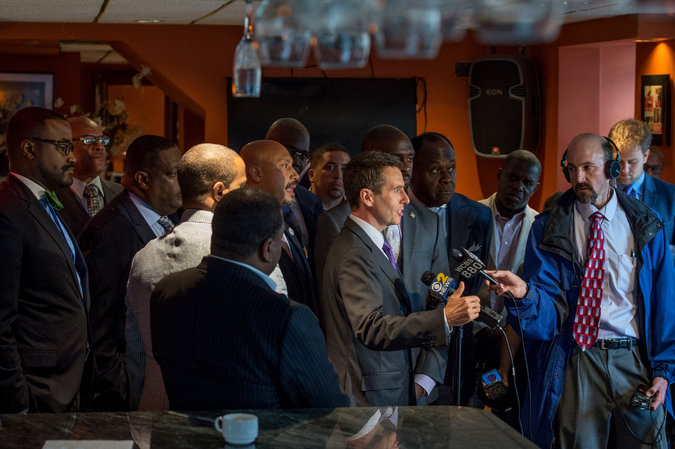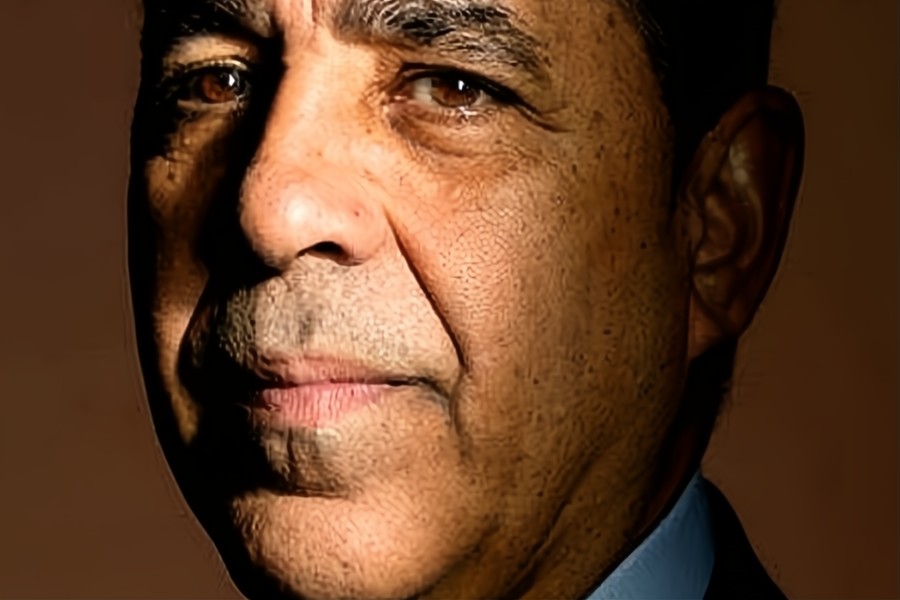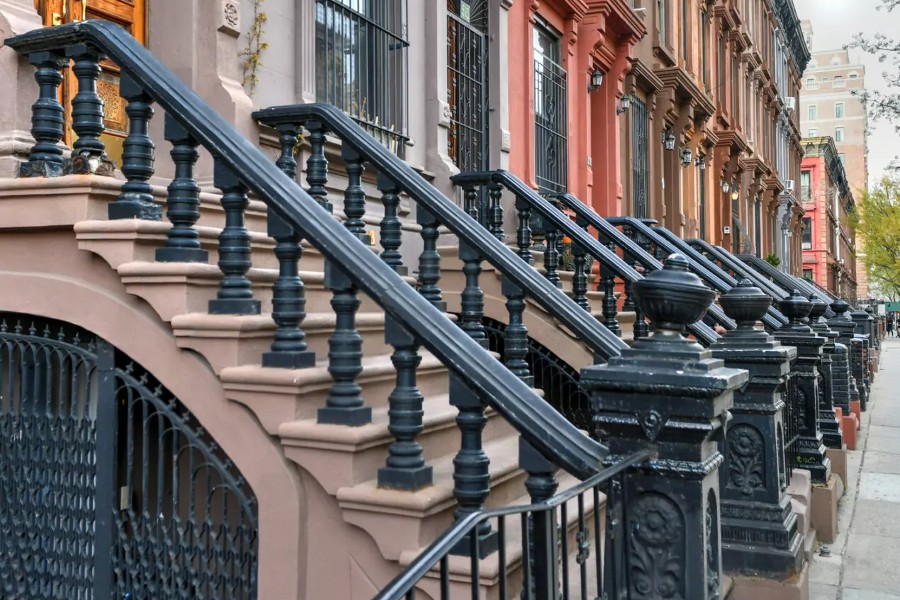 For months, the clash has seemed inevitable: the professed disrupters of municipal transportation policy and the chief executive of the country’s largest city government, tussling over who should rule the roads of New York City.
For months, the clash has seemed inevitable: the professed disrupters of municipal transportation policy and the chief executive of the country’s largest city government, tussling over who should rule the roads of New York City.
In a few short years, the ride-hailing company Uber has swelled in influence by the day, placing thousands of new for-hire vehicles on the road.
And now, the administration of Mayor Bill de Blasio is moving to halt the runaway expansion, citing a classic urban scourge to make its case: The infusion of vehicles, the city says, appears to be clogging Manhattan traffic.
With a City Council vote expected as early as next week on a proposal that would place a cap on Uber’s growth, pending a study of traffic patterns, the sides have become entangled in a protracted struggle, on camera and off, over the future of mobility in the city.
City officials have defended the move as a sensible reaction to unprecedented upheaval in the taxi world, where the number of for-hire vehicles has grown by more than 60 percent since 2011. The yellow-cab industry, which includes some of Mr. de Blasio’s most prolific campaign contributors, has pressured the administration to clamp down on Uber, a grave threat to owners amid the faltering values of the yellow-taxi medallion.
Uber has connected the dots unsubtly.
“I didn’t just fall off the turnip truck,” a top operative, David Plouffe, said this week. “I think this is less about traffic congestion than it is about political contributions.”
Uber’s leaders have said the maneuver would “break” them in the city, leading to unwieldy wait times as a growing pool of passengers seeks a near-stagnant supply of cars.
The company has aired television advertisements, starring Uber drivers, that portray Mr. de Blasio as an enemy to working residents, and flooded Council districts with mailers denouncing members who support the cap.
Mr. Plouffe, the former campaign manager for President Obama, has been dispatched to New York City for a round of appearances and meetings, including an audience with the mayor himself at City Hall this week.
And on Thursday, a “de Blasio” tab was added to the app in New York, allowing users to see projected wait times for cars if the legislation is allowed to go forward.
The administration has sought to frame Uber as the bully, not the bullied. It takes more than a bit of gumption, mayoral allies said, for a company valued at more than $40 billion to cast itself as the underdog taking on City Hall.
“Now we know where that ‘surge pricing’ goes,” Wiley Norvell, a spokesman for the mayor, said after the television ads began, referring to the app feature that raises passenger rates in moments of high demand. He said the company’s “ugly and disingenuous tactics” would not dissuade the city from “looking out for the public’s interest.”
The legislation would limit for-hire licenses based on company base size, allowing bases with more than 500 vehicles to grow by up to 1 percent during the study period, which is to end by September 2016. Uber, which operates seven of the 10 such bases in the city, said it was currently experiencing vehicle growth of roughly 3 percent per month. Smaller bases would be subject to higher caps.
At a meeting at City Hall on Monday, attendees said, Uber executives made clear that even a higher cap would be unacceptable. Anthony E. Shorris, the city’s first deputy mayor, described the company’s aversion to such regulation as so entrenched that it seemed like “some kind of religious issue.”
“I mean, at some point, there’s a public good here, which is a restricted capacity of the streets of Manhattan,” Mr. Shorris said in an interview, adding, “If the company can’t accept that’s what the proper role of government is here, then we actually have a much larger disagreement.”
Around the world, cities have grappled with the incursion of Uber and its competitors. There have been lawsuits in San Francisco and bans on the app across Spain, roadway-blocking driver protests in London and vehicles overturned in Paris.
On Wednesday, an administrative judge in California recommended that Uber be suspended if it does not comply with local data regulations, and fined more than $7 million. Mr. de Blasio’s press secretary, Karen Hinton, emailed the news to reporters with a taunting subject line: “Uber Troubles in Hi-Tech Heaven.”
To date, the skirmishes have been comparatively tame in New York. But for Mr. de Blasio, the blistering campaign in recent days has zeroed in on several politically sensitive areas.
Uber has sought to stoke opposition among two of the Democratic mayor’s core constituencies: younger voters, for whom the ride-ordering app can be as essential as a MetroCard, and working-class minority residents who make up much of the driver base.
And in a touch of stagecraft intended to highlight that point, Mr. Plouffe visited Harlem on Tuesday, appearing at Sylvia’s, the landmark soul food restaurant in Harlem, joined by more than a dozen community leaders, all of them black, and all of them critical of the proposed cap.
Read the entire story here >>>
Editor’s Note: No local media was invited to the event.
Photo credit: David Plouffe, a top Uber operative, at Sylvia’s restaurant in Harlem on Tuesday, was joined by more than a dozen community leaders, all of them critical of a proposed cap on the company’s growth. Credit Bryan R. Smith for The New York Times.
Become a Harlem Insider!
By submitting this form, you are consenting to receive marketing emails from: . You can revoke your consent to receive emails at any time by using the SafeUnsubscribe® link, found at the bottom of every email. Emails are serviced by Constant Contact








